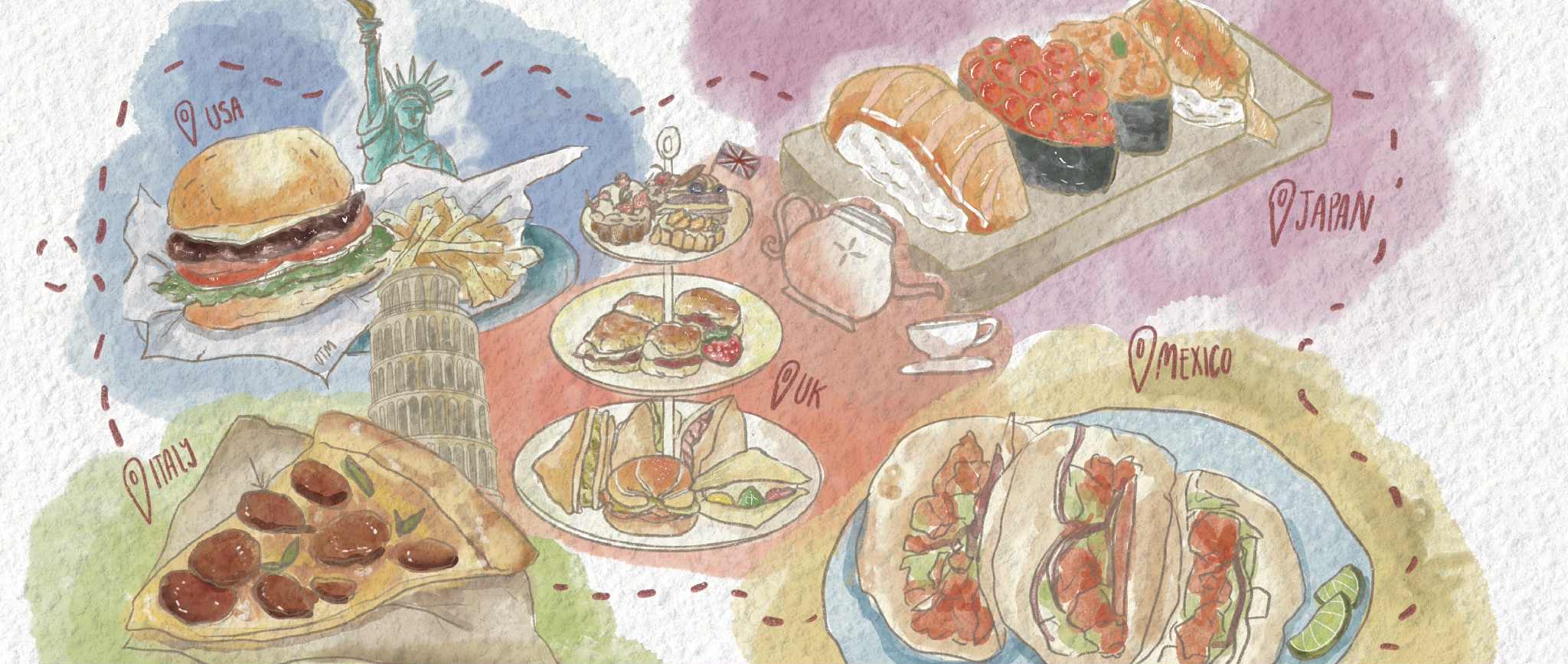The American Indian and Indigenous Student Association and American Indian and Indigenous Cultural Resource Center commemorated Missing and Murdered Indigenous Relatives Awareness Month at the MultiCultural Center on May 5, also recognized as the National Day of Awareness for Missing and Murdered Indigenous Women and Girls.

Activist, writer and professor Amrah Salomón informed attendees about Missing and Murdered Indigenous Women and Relatives and its impact on indigenous communities. Katie Poon / Daily Nexus
The event featured a teach-in from activist, writer and assistant English professor at UC Santa Barbara Amrah Salomón to inform participants about Missing and Murdered Indigenous Women and Relatives (MMIWR), how Indigenous communities have been impacted by MMIWR and of the historical relationship between Indigenous nations and federal legislation.
“I think it’s really important for folks to understand because it’s one of the most critical issues facing Indigenous folks,” Salomón said.
MMIWR disproportionately affects Indigenous women, girls, transgender individuals and Two-Spirit relatives. According to 2022 statistics from the National Criminal Justice Training Center, 84.3% of Native women and girls have experienced violence, with Indigenous people being 10 times more likely to be murdered compared to their non-Indigenous counterparts. In 2016, the National Crime Information Center recorded 5,712 reports of missing American Indian and Alaska Native women and girls, but the National Missing and Unidentified Persons System only logged 116 cases.
Founding Director for The Su’nan Protection, Art & Cultural Education (S.P.A.C.E.) MariaElena Lopez performed a ceremonial smudge circle using white sage before the teach-in. Lopez sang three songs, each dedicated to missing and murdered individuals, Indigenous women and their ancestors.
During the teach-in, Salomón explained how MMIWR is an issue that cuts across gender, contributing to what she referred to as feminicide, or gender-based violence.
“Under these [heteropatriarchal] systems, marginalized groups are viewed as targets for violence,” Salomón said. “Racism combined with gender-based violence forms impunity and can act as another form of genocide.”
Salomón also stated that MMIWR affects Indigenous communities differently due to the relationship Indigenous nations have with the state and federal governments. Legislation such as the 1876 Indian Act and 1887 Dawes Act have established tribal treaties with the federal government in the United States and Canada, historically acting as rental agreements for Indigenous peoples to live on allocated land. This relationship, according to Salomón, contributes to “impunity.”
“The issue of somebody [coming] onto the reservation and [committing] violence against a tribal member and [getting] away with it … That issue with impunity is unique to Indigenous communities,” Salomón said.
Legislation such as the 1994 Violence Against Women Act aims to improve justice responses to violence and sexual assault.
According to Salomón, MMIWR is a personal issue that touches everyone in the community differently. American Indian and Indigenous Cultural Resource Center (AAICRC) peer mentor and American Indian and Indigenous Student Association (AIISA) Co-Chair McKinley McPherson spoke about her experience as a member of the Indigenous student population who had a family member affected by MMIWR.
“Walking around campus as an Indigenous person knowing that I am a walking statistic, being part of less than 1% of the campus population, but also being someone who is over 10 times more likely to experience some kind of violence in their lifetime, it’s kind of scary. It’s a little bit unnerving,” McPherson said.
Due to UCSB’s location on Indigenous Chumash land, Salomón explained that it was important for students to learn about neighboring tribal communities.
“There is a vibrant, active Indigenous community in Santa Barbara and Goleta as well … Because we are neighbors, it’s important for students to understand not only how students can build relationships with the tribal communities but also learn about the issues of the communities,” Salomón said.
McPherson said that grassroots organization efforts, like the teach-in, open the community to bring awareness to MMIWR.
“Especially for topics like this, where our communities do not get proper investigation, in comparison to non-Indigenous counterparts when it comes to these like horrific, monstrous things within our communities, it is the grassroots collective organizing of families and community members who do bring awareness when it comes to getting justice for their family members,” McPherson said.
McPherson also expressed that she felt supported by the community despite MMIWR impacting her life, especially with events like the teach-in.
“I found a lot of support when it comes to these things on campus through the Indigenous community and through the local community,” McPherson said. “With all of the really great work that’s being done to stand up for Indigenous voices and be able to work with these things together, I really do see a brighter future for Indigenous communities, so that keeps me hopeful and joyful when I have this burden.”
A version of this article appeared on p. 7 of the May 8, 2025 print edition of the Daily Nexus.




















